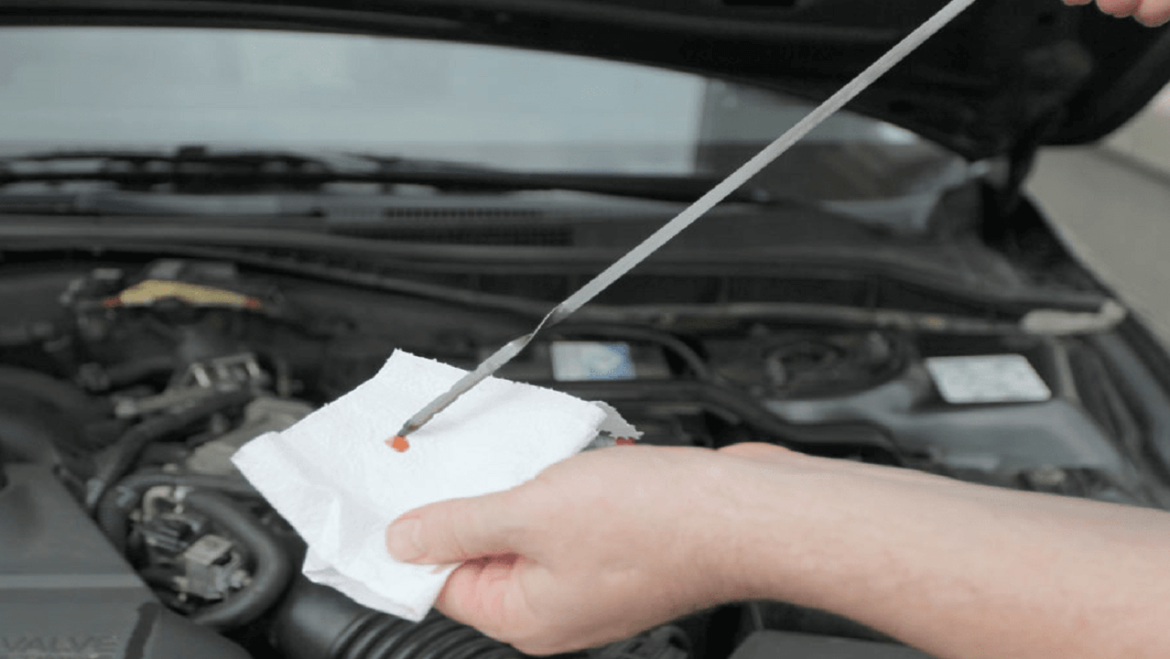Checking the transmission fluid in your vehicle is an essential part of routine maintenance. It ensures that your transmission is operating smoothly and can prevent costly repairs down the road. One common question that arises is whether you should check the transmission fluid with the car running. In this article, we’ll explore the intricacies of checking transmission fluid and provide a clear answer to this question.
Understanding the Importance of Transmission Fluid
Before delving into the procedure of checking transmission fluid, it’s crucial to understand the significance of this fluid in your vehicle’s transmission system. Transmission fluid serves several critical functions:
- Lubrication: Transmission fluid lubricates the various components within the transmission, reducing friction and preventing excessive wear and tear.
- Cooling: It helps dissipate heat generated during the transmission’s operation, preventing overheating and ensuring optimal performance.
- Cleaning: Transmission fluid contains detergents that keep the transmission clean by removing contaminants and debris.
With these roles in mind, maintaining the proper level and condition of transmission fluid is vital for the longevity and efficiency of your transmission.
Checking Transmission Fluid: Step by Step
Now, let’s walk through the process of checking your vehicle’s transmission fluid:
1. Park on a Level Surface: Ensure that your car is on a level surface. This is essential for an accurate reading.
2. Warm Up the Engine: Start your car and let it run for a few minutes to warm up the transmission fluid. Warm fluid provides a more accurate reading.
3. Locate the Transmission Dipstick: In most vehicles, the transmission dipstick is located near the engine, often labeled as “Transmission” or “ATF” (Automatic Transmission Fluid).
4. Remove the Dipstick: Carefully pull out the dipstick and wipe it clean with a cloth or paper towel.
5. Reinsert and Remove the Dipstick: Put the dipstick back into its tube completely and then remove it again. This time, check the level of the transmission fluid on the dipstick.
6. Examine the Fluid Level: The dipstick will have markings that indicate the “Full” and “Add” levels. The fluid level should fall between these marks when the car is running and warm. If the level is below the “Add” mark, you’ll need to add more fluid.
Do You Check Transmission Fluid With the Car Running?
The answer to whether you should check the transmission fluid with the car running depends on the manufacturer’s recommendations. Some vehicles require checking the fluid with the engine running, while others do not. Always refer to your vehicle’s owner’s manual for specific guidance.
However, for many modern vehicles, the recommendation is to check the transmission fluid with the engine running and warmed up. This is because the transmission pump circulates the fluid while the engine is running, providing a more accurate reading.
When to Check Transmission Fluid
It’s essential to know when to check your transmission fluid. Regular checks are typically performed during routine maintenance, such as oil changes. However, if you notice any signs of transmission problems, such as slipping gears, strange noises, or fluid leaks, it’s crucial to check the fluid level and condition promptly.
Conclusion
Checking your transmission fluid is a straightforward but critical aspect of vehicle maintenance. The method of checking whether the car running or not depends on your vehicle’s make and model, so always consult your owner’s manual for specific instructions. Regular transmission fluid checks can help you identify issues early, ensuring your transmission performs optimally and prolonging its lifespan




